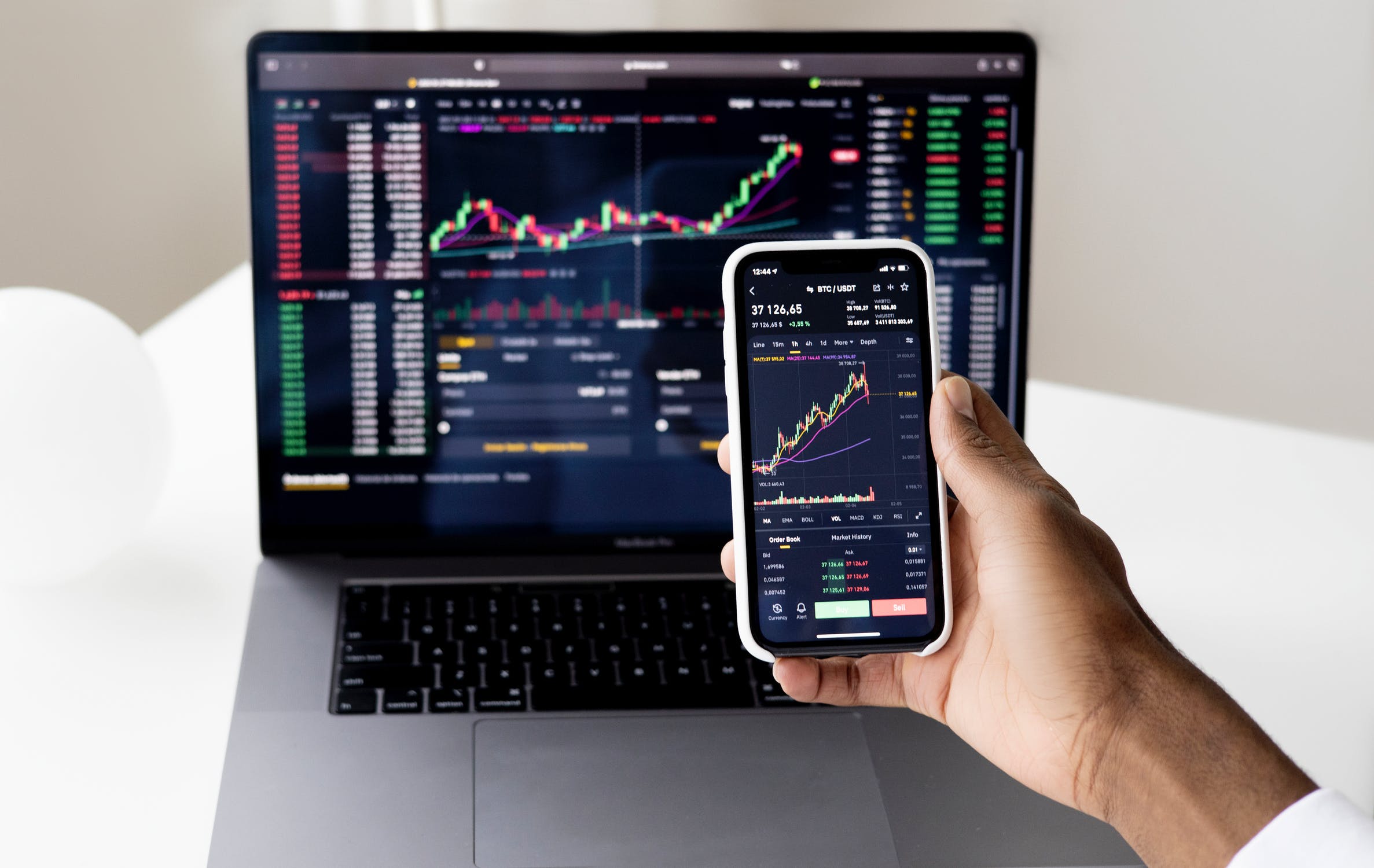
3 Momentum Indicators and How They Simplify Your Forex Trading
You cannot ignore momentum indicators if you want to know the right time to buy or sell currency pairs. Forex traders who combine momentum indicators with other types of indicators propel their forex profit.
What are technical indicators? How many types of technical indicators exist? What is unique about the three types of momentum indicators to help you boost your forex trading profit?
If you seek answers to these questions, you are in the right place. Reading this article should empower you to be a better and more prosperous forex trader. Let us get started.
What Are Technical Indicators?
Forex trading entails purchasing and selling currency pairs for a gain. The challenge comes when you realize the prices change so fast that it is difficult to decide when to sell a lot or buy a currency pair.
Why?
Since currencies play a significant role in economic, political, and social activities, several factors influence their exchange. As a forex trader, you need to combine the change agents in your analysis for maximum gain.
The best part is that the change-makers are grouped into technical, fundamental, and sentiment analyses for a more straightforward application.
The fundamental analysis explains why prices change. The analysis lets you understand how political, economic, and social activities influence prices. Sentiment analysis helps you understand how market emotions and opinions (of other traders affect prices).
Lastly, technical analysis tells you when prices will change. It forms the core of forex analysis. Technical indicators are tools for simplifying technical analysis. These tools are grouped into four main classes, as explained below.
Types of Technical Indicators
The four types of technical indicators are:
Trend Indicators
They draw curves to enable you to see price direction. The curve plotting relies on past data, allowing you to realize when to trade a currency pair.
Volatility Indicators
Do you want to notice profitable forex trading opportunities? Understand volatility indicators. They magnify currency price quantity moving in a direction.
Volume Indicators
Volume indicators show details of currency pair’s number relating to sale and buying. They derive their power by combining momentum and trend indicators.
Momentum Indicators
They let you know about market overbuying and overselling. How? By showing you a currency pair’s price change rate.
The most typical momentum indicators are:
- MACD
- RSI
- ADX
Here is how each of them is crucial to your forex trading journey.
How Each Type of Momentum Indicators Are Important to Your Forex Trading
1. MACD
Moving Average Convergence Divergence is both a trend and a momentum indicator. It has two lines that intersect to form a histogram. The histogram guides your buy or sell decision.
It consists of exponential moving averages. The 9-day EMA is the signal line. It triggers buying and selling. Getting the difference between the 26-day EMA and 12-day EMA gives you the MACD.
A MACD above the signal line results when the histogram falls above MACD’s baseline. Similarly, a MACD below the signal echoes a histogram below the MACD’s baseline. Follow the histogram to identify the bearish or bullish momentum.
Focus on MACD’s height or depth and the price’s speed change to enable you to understand the market before you venture into it.
2. RSI
Relative Strength Index, like MACD, is both a trend and momentum indicator. As a forex trader, it tells you the current and historical weaknesses or strengths of the current closing prices.
It notifies you of market overselling or overbuying by displaying a curve with values ranging between 0 and 100.
RSI rises when positive closes increase and falls when there are losses. A reading below 30 indicates market overselling, whereas that above 70 denotes overbuying.
3. ADX
Its operations resemble those of RSI. It has a scale between 0 and 100. A reading below 20 signals the currency pair’s weak momentum, whereas an ADX above 50 proves a strong trend.
Conclusion
Winning from forex trading means understanding when prices are likely to change. To simplify your trading, you should understand three types of technical indicators, among them, being momentum.
Momentum indicators, such as RSI, MACD, and ADX tell you the price rate change. You are then able to understand overselling, overbuying, and currency pair price weaknesses and strengths.



